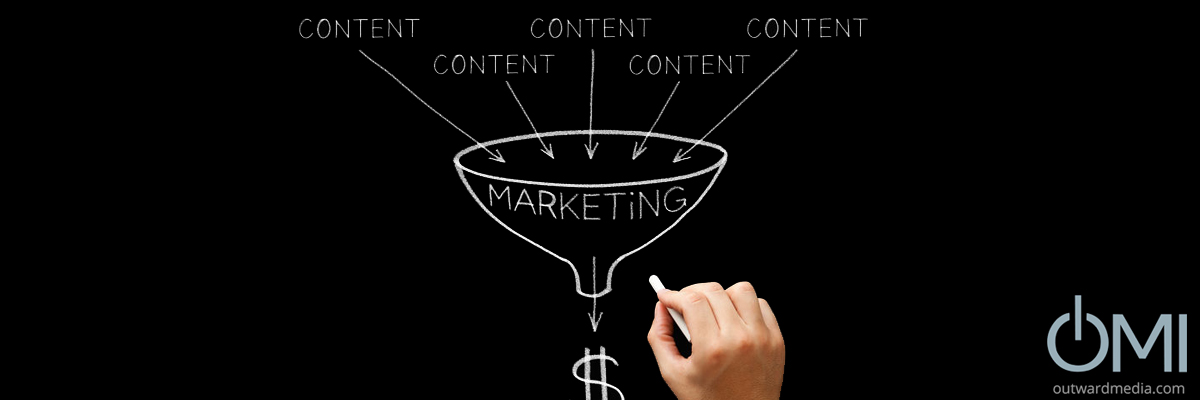Content with a Purpose: 3 Ways to Create for Buyers in the B2B Marketing Funnel

Blog post By Paula Chiocchi on 2020-04-22
I recently came across a useful article and infographic on how to create and optimize content for each stage of the B2B marketing funnel. I’ve written previously about the most effective content types, but this approach outlines the process based on prospects’ informational needs for their stage in the buying journey. Here are my main takeaways for creating content across the awareness, evaluation, and purchase stages of the B2B funnel:
- Awareness Stage: Content that Informs
Many marketers are familiar with content for this stage, as a recent study found that most content is created to achieve top-of-funnel goals. Focus on creating content that is informative and educates the audience on a broad level with topics like industry overviews, trends, and solutions to a specific pain point. It should build trust and strengthen your relationship with the prospect by providing a valuable resource for their research, along with introducing your product or solution. The goal is to build awareness and interest through short, easily digestible content pieces such as blogs and articles, infographics, social posts, videos and short whitepapers or e-Books.
- Evaluation Stage: Content that Builds Credibility
This is the time to let your content sing as buyers take a deeper dive into understanding your company and how your solutions would benefit them specifically. At this stage prospects have already expressed a level of continued interest so it’s important to keep building trust with your company and explain how your solution offers the best outcome for their needs. Some of the best content formats are webinars, checklists that compare needs and solutions, in-depth case studies, and podcasts. This is also an ideal time to use retargeting ads to follow up on their interest with a one-two punch.
- Purchase Stage: Content that Convinces
Content at this stage should give prospects an inside look at why your solution is what they need and how it’s the best choice. Case studies, customer reviews and testimonials – when done well and correctly targeted – can provide the reassurance a prospect needs to take the next step and become a customer. Traditionally, the decision stage is also when sales teams will schedule professional consultations or suggest meeting at an upcoming event or trade show. In light of the current situation and many canceled events, teams can leverage technology such as video conferencing and interactive, live webinars to engage and assure prospects with a personal touch.
Something else from the infographic that caught my eye: Group your audience into different personas and design a funnel for each persona.
This is something we do day in and day out at OMI, and something that is so well suited for email marketing. Email offers the flexibility to deliver personalized content and messaging to specific groups based on a number of factors. Using quality acquisition email data, you can reach a highly targeted audience to increase your qualified leads that will move through the funnel. And with the power of data and analytics, you can have confidence in reaching them at the right time in their buying journey.
I appreciated this big-picture look at how to create and optimize content based on its purpose in moving prospects through the funnel. So tell me, how are you creating content for each stage of the buying journey?
Outward Media’s proven data cleansing services and targeted, accurate email data can enable you to achieve better email marketing ROI and, ultimately, convert more prospects into customers. Take a look at our case studies to find out more.
DOWNLOAD YOUR FREE ebook
At OMI, we believe good things happen when you share your knowledge. That's why we're proud to educate marketers at every level - in every size and type of organization - about the basics of email marketing and the contact data that powers it.
-
The Executive's 15-Minute Guide to Building a Successful Email Marketing Database
-
A 15-Minute Guide to Fortune 2,000 Businesses and Executives
-
Five Best Practices for Using Email Marketing to Target SMBs



